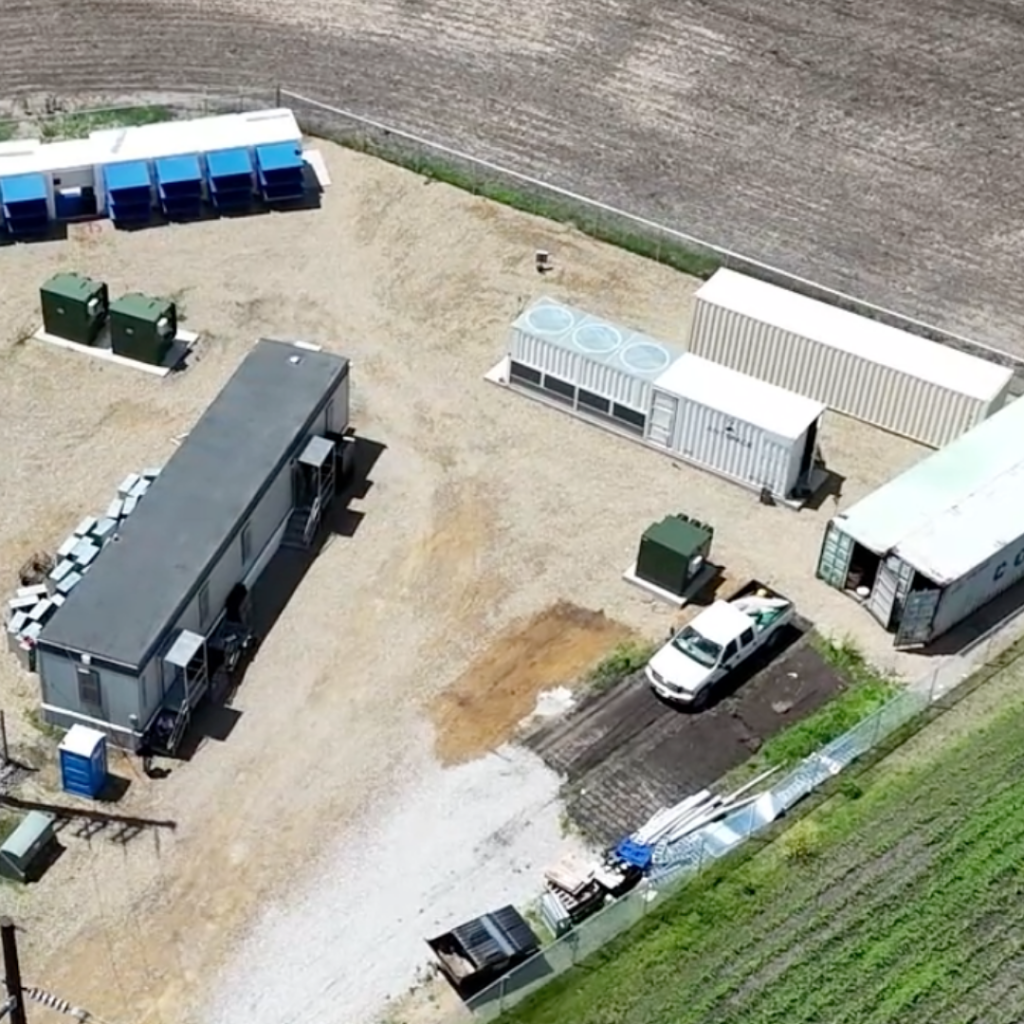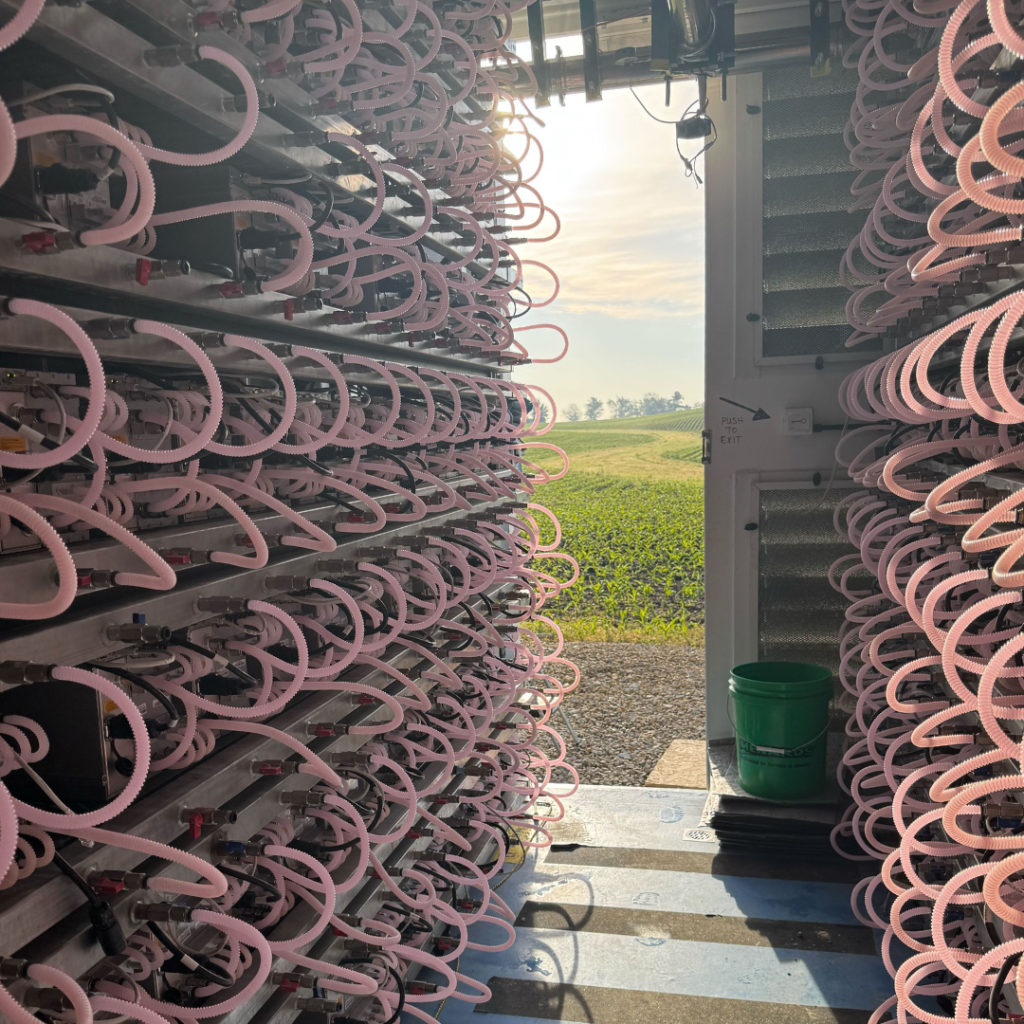Hydro-cooled Bitcoin mining is no longer experimental, it’s the gold standard for high-density, long-life infrastructure.
At MiningStore, we have built this page as the definitive resource for launching, scaling, and optimizing hydro-cooled mining operations.
Whether you are a first-time operator or an institutional allocator, this page gives you everything you need to build it faster, and with fewer costly setbacks.

This checklist walks you through every critical step to launch a hydro-cooled mining site, from water access and regulatory prep to energy modeling and hardware selection. Essential for avoiding costly missteps in the early phases.
Site Selection
Infrastructure Readiness:
The AntSpace HK3 is the backbone of your hydro site. This guide gives you the container specs, installation details, and safety protocols needed to ensure a smooth, compliant deployment.
Get to know your hardware inside and out. This manual covers all critical specs, startup procedures, and operating guidelines for the Antminer S21 XP Hydro, a must-read for anyone deploying or maintaining these high-performance ASICs.

As hydro-cooled mining becomes the new standard for scalable, efficient Bitcoin operations, ensuring proper electrical integration is just as critical as managing coolant flow or container layout.
This manual provides field-ready guidance for wiring pumps, PLC sensors, flow turbines, and miner plugs within a 1MW hydro container setup like the AntSpace HK3 V2.
Whether you’re commissioning your first hydro container or troubleshooting a high-performance deployment, this manual gives your team the step-by-step protocols to ensure electrical safety, uptime reliability, and system compatibility down to the last plug and contactor.
From powering on 18.5kW pumps to configuring your emergency stop loop, every section is engineered for effective implementation and long-term resilience.
Ensure every breaker, plug, and sensor is wired right.
Download our Electrical Wiring User Manual for Mining Infrastructure to get technician-grade protocols used across our different U.S. deployments.
AntSpace HK3 V2 Container
Antminer S21 XP Hydro
Total Facility Output (One HK3 V2 + 210 S21 Hydro)
Hydro performance depends on proactive upkeep. This schedule outlines the must-do maintenance routines that protect your investment and maximize ASIC longevity.
| Task | Frequency | Notes |
|---|---|---|
| Coolant pH Testing | Every 6 months | Replace coolant if pH < 7 |
| General Coolant Testing | Annually | Check for sediment, clarity, freezing point |
| Add Corrosion Inhibitors | As Recommended | Follow supplier guidance |
| Filter Cleaning | Monthly | Focus on spray pump suction ports |
| Cooling Tower Cleaning | Annually | Internal + external clean |
| Rehydration and Pressure Check | As Needed | Use air pump, check all valves |
| Fire Safety and Grounding | Before Operation | Fire extinguisher, <0.3Ω grounding resistance |
| Factor | Hydro-Cooling Advantage | Mitigation / Bonus |
|---|---|---|
| Energy Cost | 30–50% lower than air cooling | Use renewables for $0.03–$0.045/kWh |
| ASIC Longevity | ~40% longer lifespan | Closed-loop cooling avoids thermal stress |
| Noise | 55–65 dB (vs. 75–85 dB) | Quieter sites = more zoning flexibility |
| ROI Timeline | 12–18 months | Lower OpEx + longer miner health |
See how we deployed a fully operational hydro site. This real-world case study covers metrics, uptime performance, deployment challenges, and how we solved them.
Buying older hydro units without due diligence can lead to massive downtime, hardware degradation, and lost warranty support. This guide explains how to inspect, evaluate, and vet pre-owned hydro hardware before you commit.
Avoid critical mistakes during initial deployment. This step-by-step infographic walkthrough, ensures you boot up safely, balance water pressure, and prevent system stress from day one.
Every hydro mining site runs into issues. This guide helps you diagnose and resolve the most common operational and cooling system failures fast.
Running a high-efficiency hydro-cooled Bitcoin mining site takes more than just the right container and ASICs, it takes the right components behind the scenes to keep everything online, cool, and productive.
Every part we offer has been vetted by our own technicians in real-world deployments.
Need help matching a part to your container?
Our support team can help you source the part that best suits your site.

MiningStore is one of the few operators with hydro deployments in 2025.
We’ll help you: